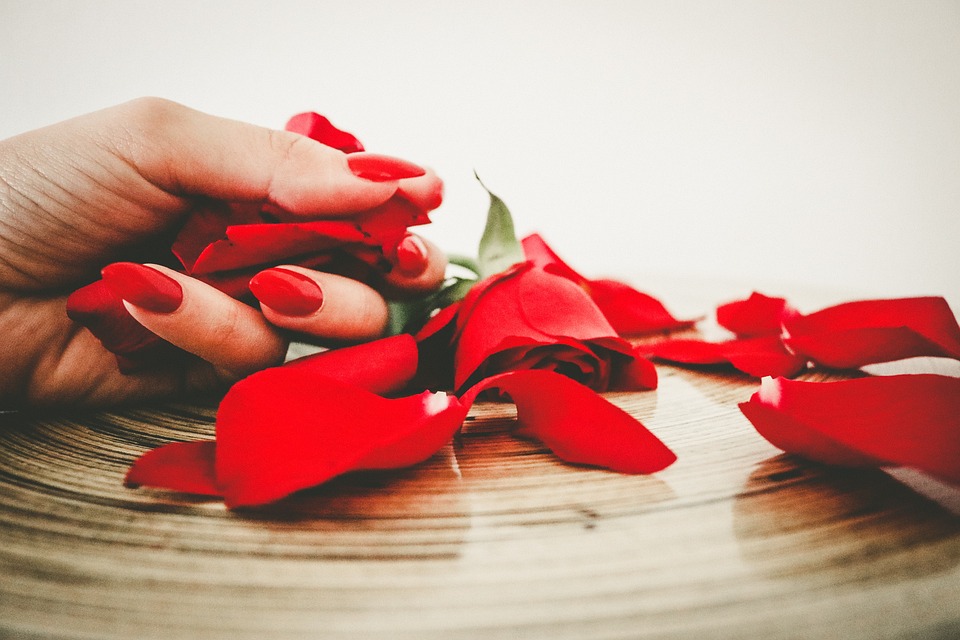A Brief History of Day of the Dead Makeup: From Ancient Traditions to Modern Masterpieces
Introduction:
The Day of the Dead, or Dia de los Muertos, is a vibrant and captivating Mexican holiday celebrated throughout the country to honor and remember loved ones who have passed away. One of the most striking features of this unique celebration is the elaborate and colorful makeup worn by participants. From ancient rituals to contemporary art forms, the history of Day of the Dead makeup is rich and deeply rooted in Mexican culture.
I. Ancient Origins: Pre-Hispanic Rituals and Face Painting
– The origins of Day of the Dead makeup can be traced back to the pre-Hispanic civilizations of Mexico, such as the Aztecs and the Mayans.
– These civilizations believed in the continuity of life and death and practiced rituals to honor the dead.
– Face painting played a significant role in these rituals, with participants adorning themselves with skull-like designs to symbolize death and rebirth.
– Natural pigments, such as red, yellow, and white, were used to create these early forms of Day of the Dead makeup.
II. Spanish Influence: Catholicism and Merging Traditions
– With the arrival of Spanish conquistadors in the 16th century, Catholicism was introduced to the indigenous peoples of Mexico.
– The Spanish conquistadors incorporated their own traditions and customs into the existing indigenous rituals, leading to a fusion of beliefs and practices.
– Catholic influences, such as All Saints’ Day and All Souls’ Day, were merged with the existing Day of the Dead celebrations, giving rise to the modern-day holiday we now know.
– During this period, face painting became more intricate and stylized, with the addition of floral motifs and decorative elements inspired by European art.
III. 20th Century Revival: Posada’s Calaveras and the Rise of Iconic Skeletons
– In the early 20th century, the artist José Guadalupe Posada revolutionized the representation of death in Mexican culture through his iconic Calavera (skull) illustrations.
– Posada’s Calaveras became a powerful symbol of the Day of the Dead and inspired subsequent generations of artists.
– Makeup artists began to incorporate Posada’s skeletons into their designs, evolving the traditional face painting into an art form that blended Mexican folklore, spirituality, and popular culture.
– The use of vibrant colors and intricate details became synonymous with Day of the Dead makeup, highlighting the creativity and individuality of each participant.
IV. Contemporary Day of the Dead Makeup: Modern Masterpieces
– Today, Day of the Dead makeup has taken on a new level of artistry and innovation, showcased by professional makeup artists, enthusiasts, and individuals alike.
– The designs range from traditional skull makeup to imaginative creations that incorporate personal styles and symbols.
– With the advent of social media, these intricate makeup looks have gained worldwide recognition, becoming a source of inspiration for artists and creatives around the globe.
– Makeup tutorials, workshops, and competitions dedicated to Day of the Dead makeup have proliferated, leading to a thriving community of artists who celebrate and push the boundaries of this ancient tradition.
FAQs:
1. Is Day of the Dead makeup exclusive to Mexico?
Day of the Dead makeup originated in Mexico and remains deeply rooted in Mexican culture. However, in recent years, it has gained popularity worldwide, with people from various cultures embracing and incorporating the tradition into their own celebrations.
2. Can anyone participate in Day of the Dead makeup?
Absolutely! Day of the Dead makeup is an inclusive art form that encourages participation from all individuals, regardless of their background or ethnicity. It is a celebration of life and a way to honor and remember loved ones.
3. Are there any specific products or techniques used in Day of the Dead makeup?
Day of the Dead makeup can be created using a variety of products, including face paints, water-based makeup, and cosmetic pencils. Techniques range from basic face painting to intricate brushwork and detailing. The key is to be creative and let your imagination run wild.
4. Is there a significance to the colors used in Day of the Dead makeup?
Yes, colors used in Day of the Dead makeup often hold symbolic meanings. For instance, white represents purity and renewal, while red represents the blood of life. Yellow is associated with sun and light, symbolizing the journey of the soul.
Conclusion:
Day of the Dead makeup has come a long way, evolving from ancient rituals to modern masterpieces. It captures the essence of Mexican culture, blending history, spirituality, and artistry into vibrant and captivating designs. From the ancient face painting of pre-Hispanic civilizations to the contemporary transformations of modern artists, Day of the Dead makeup continues to be a visual celebration of life and a powerful homage to the departed.




